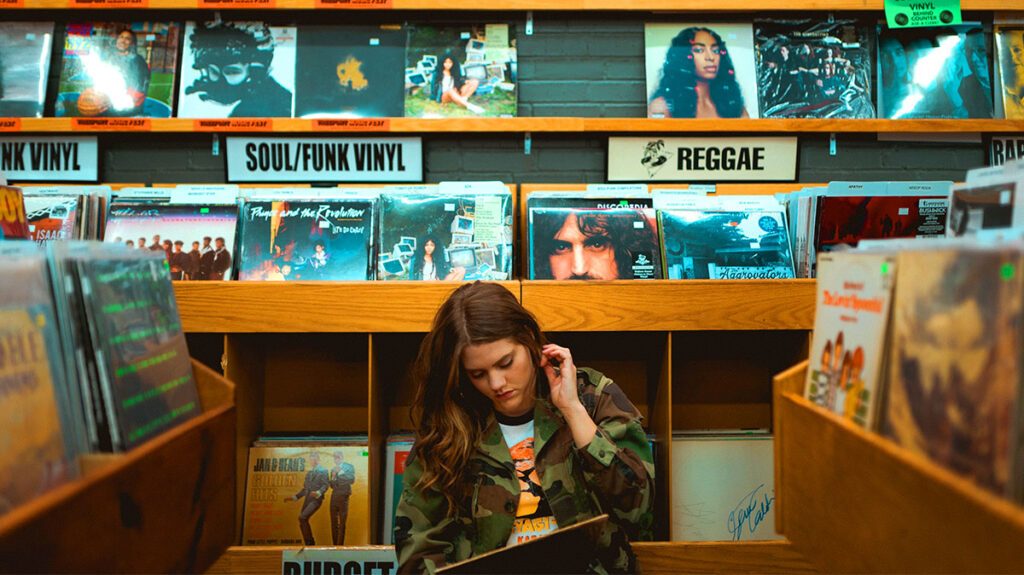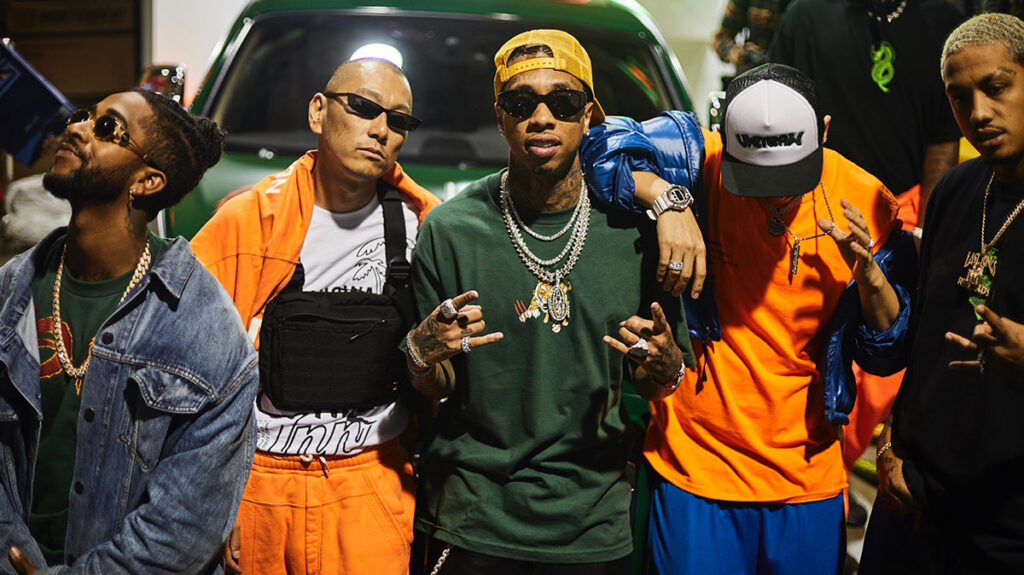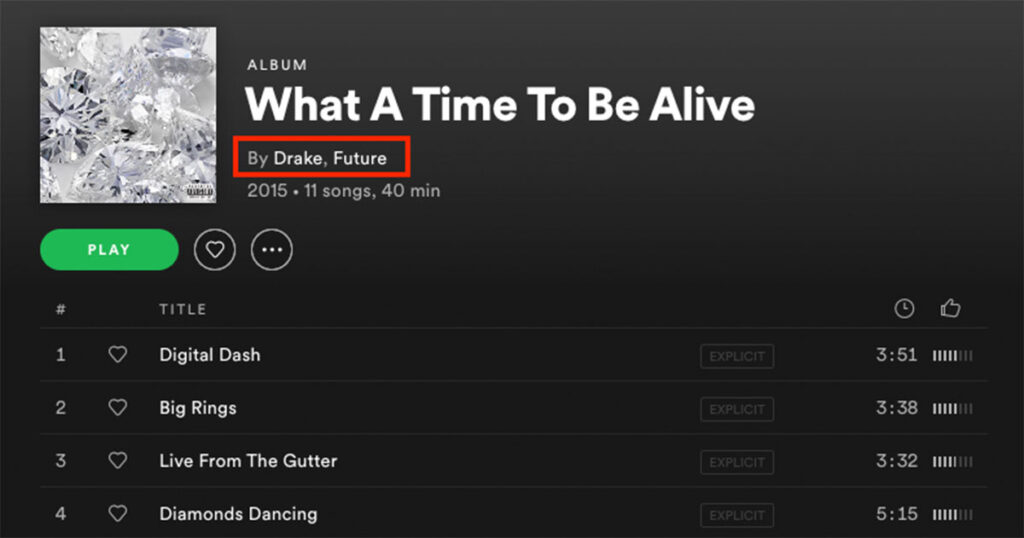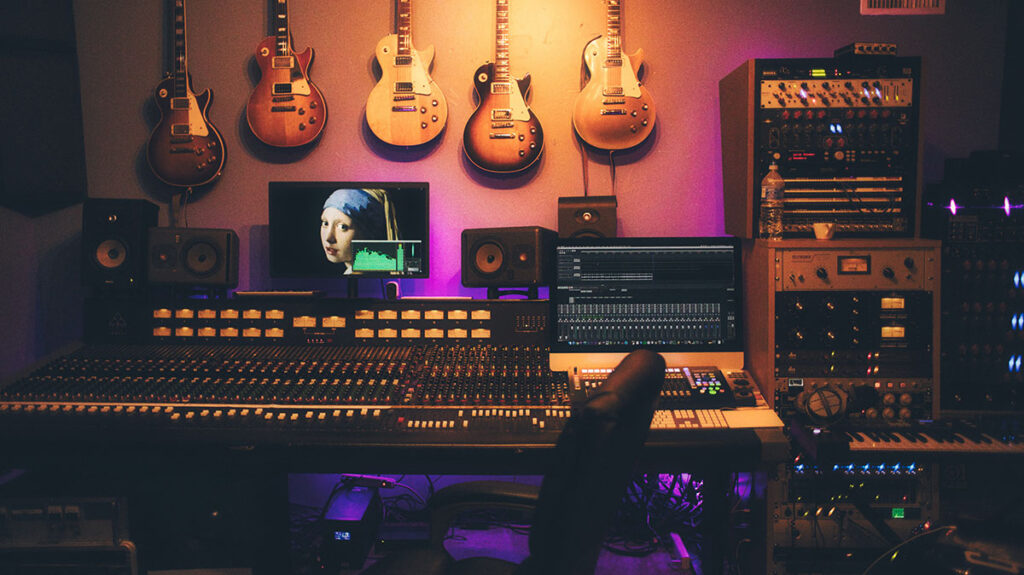Most artists now understand the importance of getting their music on Spotify, Apple Music, or other online music distribution platforms. Releasing your music digitally has become a widely-adopted methodology to increase audience engagement, reach new fans, leverage data, and stats, and even get discovered. Given these crucial career supporting elements, you want to make sure you do it right — more so now than ever before! Here are some crucial how-tos for a successful release.
1. Song Rights — Get them Sorted Early

To monetize your music, whether through distribution, sync licensing, YouTube Content ID, or other, it’s a fundamental necessity to ensure you actually own and/or control the rights of that music.
Each song an artist writes and records exists in two forms: the composition (underlying melody, lyrics, and music) and the sound recording (also known as a ‘master’, the recorded version of the composition). Each of these properties has rights – meaning those who own them can decide who can use them and how. You cannot distribute a song for which you do not own and/or control the copyright and the master. This includes remixes of a cover or use of a sample. If you try, you will likely receive a copyright violation notification and your release could be blocked or taken down. If you’ve scheduled a comprehensive release campaign with promotion and PR, a takedown is a definite ‘must avoid.’
Online Music Distribution Tip:
If you’re collaborating with others, sort out song splits while the songwriting session is still fresh. Some songwriters will even pre-determine splits before a single thought hits the page. How you approach creating splits is up to you and your co-writers, however, don’t avoid discussing this crucial business element. Many a collaboration has turned sour when conflicting memories of the session surface after a monetization opportunity arises for that song.
Once the song’s rights are sorted, keep your information up to date. It’s as simple as setting up a document and entering such things as co-writer names, their contact information, song and master percentage splits, or P.R.O. information.
2. Song Metadata is the Key to Discovery

If a song’s rights are the skeleton, the metadata is the body. Neither can function without the other for an online release and while one helps ensure the right person is credited and paid, the other gives us key attributes. Create the least path of resistance for buyers and fans to discover your music; tag your songs accurately with information such as moods, genres, instruments, and similar artists. Try to avoid over-tagging or using unrelated tags, as your main goal should be to bring in the right audience who will be a fit for your content. As an example, if you attempt to add more than 15 tags to your YouTube video, you would be in violation of YouTube’s tagging guidelines and risk your tags being ignored.
Mark your song as containing explicit material, if it does. And if you’ve had the foresight to create a clean version, keep it handy alongside your main mix for those sync opportunities which have restricted audience categories.
Online Music Distribution Tip:
Streaming guidelines such as formatting, artwork, track titles etc. can vary from platform to platform. Online music distribution platforms like Songtradr will usually run your release through a checklist to ensure it’s compliant. If any aspect does not meet these requirements, we will contact you to let you know what the issue is.
3. Are Your Collaborators Featured or Contributing Artists?

If you’re the main artist of the release you wish to distribute, you may want to credit other artists who have collaborated with you on the song. But are they a Featured or Contributing artist? Ultimately, that’s up to you or whatever has been agreed upon with your collaborators. How you enter the information is important, however, as it will determine how these collaborators appear on your release.
A Contributing artist will often appear alongside the main artist’s name in the title like in this example:

While a Featured artist can be credited below or in parentheses as shown here:

Learn more about the differences between Contributing and Featured artists
4. Quality of the Recording is Everything!

No matter how well you’ve set up your files correctly with copyright owners, metadata tagging, or credits, if the production quality isn’t at a professional standard, your subsequent efforts may be for naught.
The best practice is to ensure high production quality through the recording process. If you lack the knowledge or equipment, seek out someone who does. It’s also a good idea to empower yourself by refining your own ‘ear’ and expertise through tutorials or sitting beside a friend who’s an expert. Even if you’re not doing the recording or mixing yourself, it’s far better to provide informed input that effectively aligns others with your vision. This is where it’s helpful to wear both your artist and producer hats. Assessing a track objectively can be the difference between a product that speaks only to you or to your audience.
Here are some production elements to check:
- Has the track been recorded, mixed, and mastered professionally? Audio ‘blemishes’ that can lower production quality are unexpected pops, a sudden jump or dip in volume, instruments out of balance with each other, unpleasant frequencies, the overall mix volume is too low or distorting from being too ‘hot’, or groups of vocals which are out of time with each other. This one’s especially impactful when singing words with lots of S’s. The finished vocals can sometimes sound like a pit of angry snakes!
- Are there long gaps of silence before the track starts or after it finishes? Or worse, room noise or a noisy amp. Clean up these distractions unless these are intentional elements to create a specific tone or vibe.
- Have performance mistakes been left in the final mix? It may be worth creating a new mix and if you’ve made sure to create stems, this will be easier to achieve.
Test your final mix on different speakers, and in multiple environments like your car or phone. And if you’re able to get honest, informed feedback from friends, colleagues, or someone whose judgment you trust, that’s a bonus. Your mom always telling you it’s the best thing you’ve ever created and an undisputable hit may feel amazing but won’t necessarily help level up your art! 😉
5. Go Pro with Your Artwork

How do you want to be perceived as an artist? Album artwork can often be an afterthought, however, how your release appears plays a pivotal role in promoting your song and artist brand. This includes distribution platforms, social channels, emails to industry, or anywhere showing your release. Big dollars are spent on creating breathtaking or thought-provoking images for major artists. Why? Because the song only partially sells the product. Visuals like album art, livestream banners, and video clips help your audience engage with you and your art on a broader level. Artwork should capture your essence and help tell your story and that of your music. After all, many will see your track before they hear it and what impression do you want to establish?
Professional, creative, and artistic or amateurish, unimaginative, and mundane?
You may not have a major artist budget and that’s okay. There are many things you can do on your own or with contractors to create a great photo. After the hard work getting the audio components perfect, don’t sell your product short with a hurriedly snapped selfie; consider important elements to getting a great photo such as location, lighting, and styling that reflects your artist brand.
And once you have your visual masterpiece, give your album artwork the best chance to be viewed properly in the end product by formatting it correctly. Remember that your artwork is your visual business card.
Online Music Distribution Companies
There are some great options out there for online music distribution. If you choose to distribute through Songtradr, you will be provided with free ISRC and UPCs as well as access to sync licensing and monetization opportunities to leverage your music and data from one platform.
Whoever you choose for online distribution, be sure to triple check your release before hitting submit. Amendments to your release once live, can sometimes take weeks to process depending on the platform. It can be a dampener on that all-important launch, which should be an exciting moment in your career!
Best of luck with your online releases. If you would like to know more about online music distribution or how Songtradr can help get your music out there, visit our help pages.
Happy distributing! 🤘
Want to submit your tracks for online music distribution?
Victoria Wiltshire
Victoria began her professional music career as a recording artist with Australian group, 'Culture Shock' after signing to Sony Music in 1993, resulting in a top #20 national single.
Following the success of Culture Shock, she expanded her performing career to musical theater, songwriting and production.
In 2003 Victoria formed a songwriting/production partnership with music producer, now-husband, Paul Wiltshire. Over the following 15 years, the pair wrote &/or produced for The Backstreet Boys, Australian Idol, Engelbert Humperdinck, Guy Sebastian, Delta Goodrem and many more, with sales exceeding 15 million internationally.
Following her writing/production success, Victoria became Creative Director for 360 degree music company, PLW Entertainment, overseeing artist & product development, image design and marketing.
As Chief Experience Officer, Victoria infuses her passion for the creative and innovative into all that she does while overseeing the overall, holistic experience of Songtradr's global ecosystem.


Good job
Perfect
Nice to know about all these important issues when releasing music for distribution. God bless you beloved for this informations.
Thanks so much for your thoughtful comment!
Am so glad to be here. Will definitely join the train soon. Songtradr’s seems very Artist welfare minded.
Wow. So educating.
Am impressed. Thanks for sharing
Bravooo good job…
Thanks for your feedback!
Nice
Available artwork that needs completing.Is there any way of scheduling a meeting conference at a early date place and time to exchange creative advice and guidance advice for future success
Great that you’re proactive with your career! There are many online webinars and conferences for useful information and networking. Reaching out to other artists on social media is another great way to exchange information.
Hi to everyone. I need support actually. Need someone experienced to chat a little bit regarding distribution. I don’t have any clue what happens after release date and distribution complete:/
Hi Rufat, please contact us at support@songtradr.com and we can walk you through it. Thanks.
I think this is what I’ve been looking for.
That is great to hear!